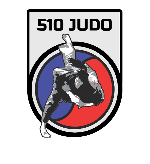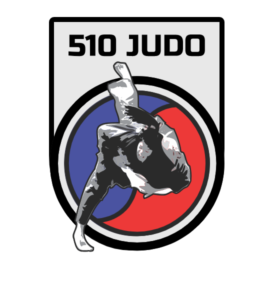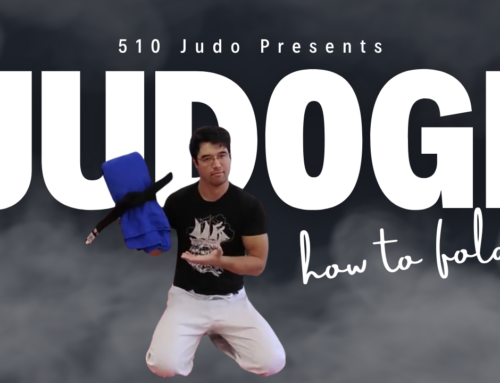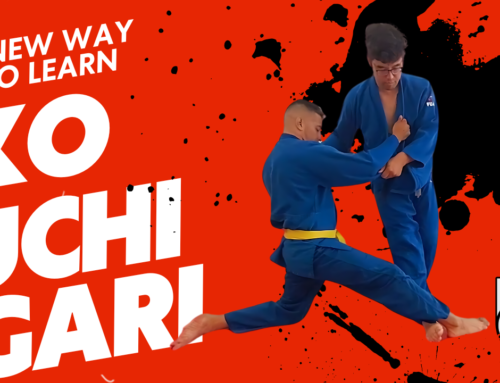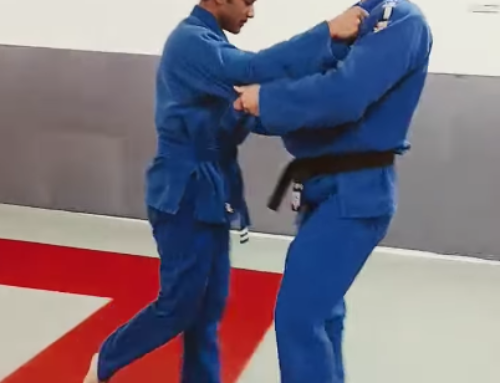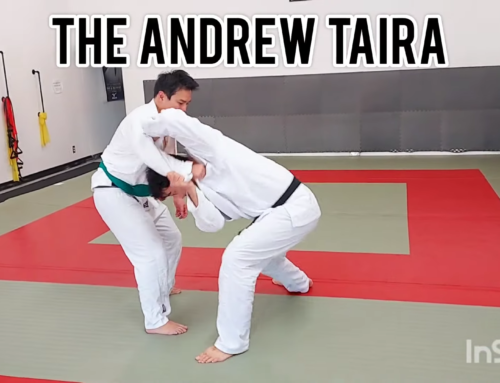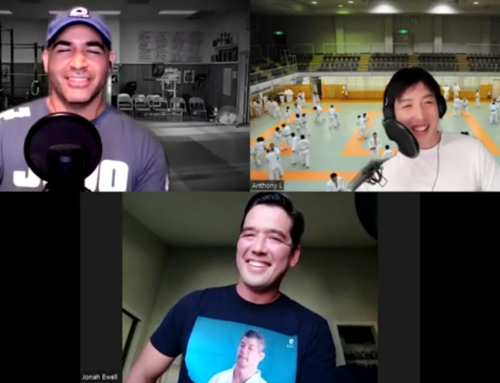I recently started lifting weights with my friend Jeff at his gym, Oakland Strength Factory. Jeff is a real expert on building strength and I continue to learn fascinating things each time we work out. In a previous post I wrote about how there is a lot of cross over between judo and how Jeff lifts weights. Today I got more detail and a handy phrase – “neuromuscular patterns.”
Today we did deadlifts, which consists of lifting a barbell off the floor and then putting it back down again. It’s a very simple exercise. It falls into what Jeff calls a hinge pattern, which means that the dominant motion in the lift is the hinge in the hip. Today I was able to deadlift much more than last week – I didn’t keep track of exactly how much, but there were a lot more plates on the bar. As Jeff explained it, it’s not that my muscles got that much bigger from last week, it’s that I was able to efficiently utilize the proper neuromuscular pattern involved in the deadlift. The more you repeat the pattern with absolutely proper form, the more you’ll be able to lift.
This is just exactly how judo works, and indeed how any physical (or even mental skill) is developed – mindful repetition with perfect form. Practice makes perfect, repetition is the mother of skill – you may have heard this before. But because of the nature of lifting, where you’re constantly trying to lift heavier weights, it’s very difficult to just sleepwalk your way through a workout. You have to FOCUS, get your stance, breathing, grip and posture all perfect before stepping up and going for it.
I encourage you all to practice judo this way. Even if you think you know a technique already, practice it carefully, as if for the first time. Strive for absolute perfection. Ingrain those neuromuscular patterns into your body. When you do a throw correctly, it’s completely effortless, because the timing and physics are just right.
The video in this post is me practicing some foot sweep movements. I’ve done these particular movements many many times, but in order to polish your skill you have to keep practicing. Try to practice “shadow judo” at home – just a few movements here and there in between practices will help your nerves and muscles to keep firing in the correct pattern.
